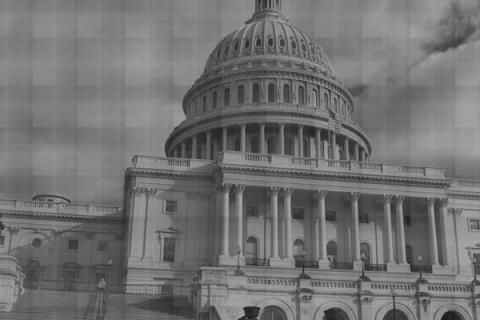Unbelievable as it may seem, the California State Teachers' Retirement System (CalSTRS), the sixth largest public pension fund in the country, now has a pension shortfall of $56 billion, up $15.5 billion from last fiscal year. That's an increase of almost 25% in one year. Worse, given the stranglehold the public pensions have over the state, this means California must pay CalSTRS $688 million this year, up from the $573 million it paid the previous year.
Most funds, whether they are private, hedge, or otherwise, are run on a Darwinian basis. If a fund manager doesn't perform within a given period of time, he's gone. They certainly don't have the option of demanding money from elsewhere to make up for their investment errors. But California public pensions can. If you know someone else will be forced by law to clean up your mess, then there's no incentive to avoid making a mess.
CalSTRS deputy CEO Ed Derman says that while the fund can only cover 71% of accrued liabilities, down 78% from last year, this should not be cause for concern. Well gosh, many observers would say that it absolutely is. And then one might ponder why CalSTRS and its big brother CalPERS routinely make such opaque and apparently incomprehensive statements about the health of their funds, especially when they present no plan to restore the funds back to solvency.
Let's not forget, we are talking about retirement money here. It should be managed conservatively, with thoughts of retirees' futures utmost in mind. Yet, Derman's bland and seemingly uncaring statements hardly inspire confidence, especially as he added that if nothing changes, CalPERS will run out of money by 2042. So, they plan a new report detailing what needs to be done, which must be passed by the legislature. You've probably figured out this means the State of California will have to come up with billions more, even as it faces billions in deficits itself.
CalSTRS took a huge hit during the dot com crash, as it was (and still is) invested heavily in tech stocks. But, are sometimes highly volatile stocks a proper choice for a retirement fund? Tech stocks are their biggest holding, followed by energy. One of their biggest problems is that they assumed they could and must make a return of about 7% a year to adequately fund pensions. But to make that kind of return year after year meant that they had to take on more risk, yet increased risk shouldn't really be part of a retirement portfolio. I suggest that their underlying assumptions about return have been overly optimistic for quite some time, and this has led them to dangerous waters.
In the end, the solution will probably be that the pension structure is changed to defined contribution rather than the current defined benefit. This means employees will pay more in, and have a plan somewhat like a 401K rather than being guaranteed a level of care in retirement.
All the public pensions in California are facing huge financial problems. It's increasingly clear that California can no longer afford such pensions. Let's hope the problems are addressed now, rather than years from now, when they've become more severe.

